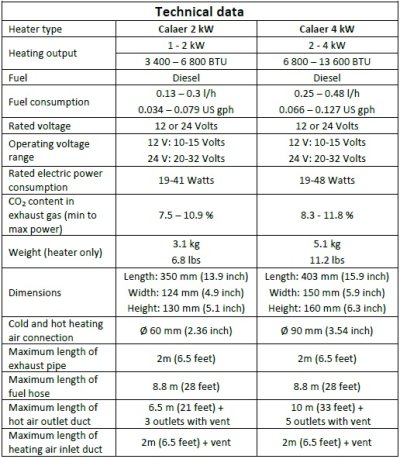EngNate
Senior Member
- Joined
- Feb 10, 2019
- Messages
- 318
- Location
- Canada
- Vessel Name
- Tenacious
- Vessel Make
- Uniflite 31 FB Sedan
Uni42, no they certainly dont! But I sure like the light and view - and that clear shrink film - but you have to tape over the edges or it just doesn't stick... I am in Bella Bella this year and expect lower temps but so far so good, today just the 4th freezing morning. I lived aboard in Vancouver (Milltown) 2016-17 and you'll remember that was cold. I've lived here winters too but not on board and it did get a few deg colder (to -19). I know at least one member around here in a colder spot still.
Kw for Kw, heating capacity doesn't differ between hydronic and direct air, but with hydronic, the heater unit(s) must have a real-world output to match the furnace - I've found that's a heater nominal rating about 2.5X the furnace capacity.
Frank, My Espar's specs 4.3Kw, .56L/Hr = .13L/Kwh. There isn't much variation in fuel efficiency between models of these small units. To save money you'd have to get fuel at less than $1/L. BC Hydro is still cheaper than liquid fuel.
Kw for Kw, heating capacity doesn't differ between hydronic and direct air, but with hydronic, the heater unit(s) must have a real-world output to match the furnace - I've found that's a heater nominal rating about 2.5X the furnace capacity.
Frank, My Espar's specs 4.3Kw, .56L/Hr = .13L/Kwh. There isn't much variation in fuel efficiency between models of these small units. To save money you'd have to get fuel at less than $1/L. BC Hydro is still cheaper than liquid fuel.


